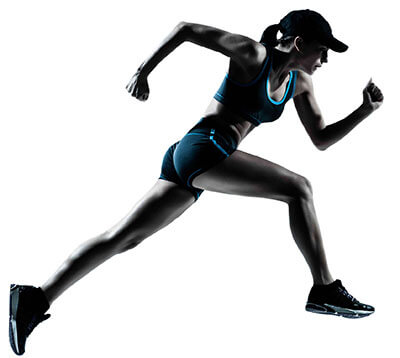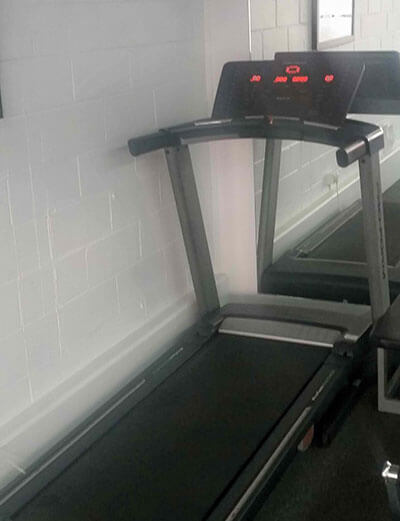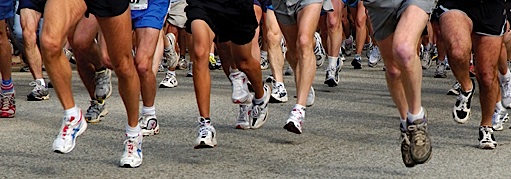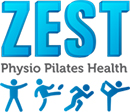Australia is a country full of runners! According to statistics from the Australian Sports Commision (2006) and estimated 1,224,000 australians aged over 15 years participate in a regular running program. Running is the most natural, affordable, convenient and effective form of exercise for all. Therefore it is no surprise we all love running so much!
Whilst being such a fabulous form of exercise, running also tends to cause injury. This in part may be attributed to the way running can overload the body if people do too much too soon. 70% of recreational and competitive runners sustain an overuse injury in a study looking at running rates over a 12 month period. These injuries predominantly included stress fractures, foot and ankle injuries, knee and hip pain. Ligaments, muscles, tendons and cartilage are all structures that make up our joints that can get injured from the repetitive nature of running.
The good news is that many of these injuries are avoidable! Most of the Physiotherapists at ZEST Physio Pilates Health are passionate runners themselves. This means we thoroughly understand the demands running places on the body and the relationship of this to injury prevention/managment. We look at factors such as: training load and appropriate incriments; terrain and footwear; frequency, duration, speed of training; strength, stability and flexibility of the body in addition to your personal injury history and goals. We believe in a multi-faceted approach in managing a running athlete. We have close contacts with other professionals in the field including podiatry, sports medicine, masseurs and radiologists as required.

Treadmill Analysis

Physio Running Assessment
Your Physiotherapist will analyse your running either on a treadmill or outside pending your level and injury history. This may include your Physiotherapist filming your running. We can show you particular elements of your running assessment that may explain why you are injured. Alternatively we are able to detect particular deficits in your running to prevent an injury occuring. Particular things we gain information on are stride length; cadence (steps per minute); whether you are a heel/midfoot/forefoot striker; and the position of the rest of your body such as pelvis and upper body. These things can all influence the way energy and load are transferred through your body.
It is important that you bring your running shoes to this session. We may look at you wearing these, although sometimes we will look at you running barefeet also. Try to wear shorts to your running analysis session so we can easily see how your legs are moving. Your session will also include a joint assessment pending what we find with your running. We will take a full history and create a plan for ways we can help you!

Physio Resources
All of our Physios are keen runners. The Practitioners with the most experience in running are:

